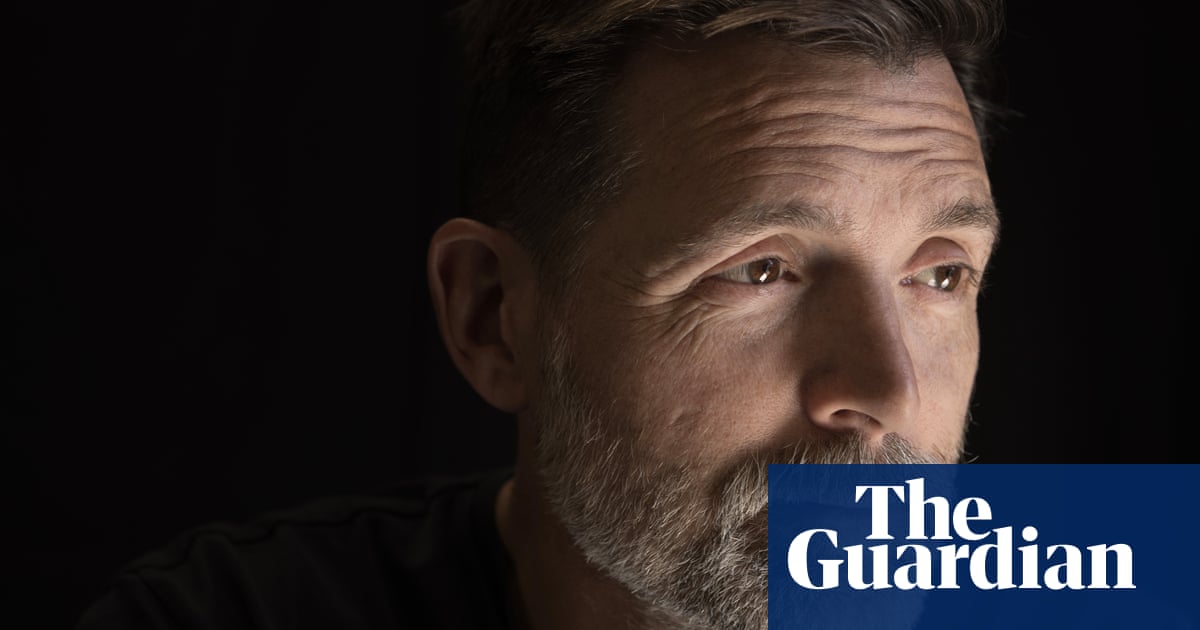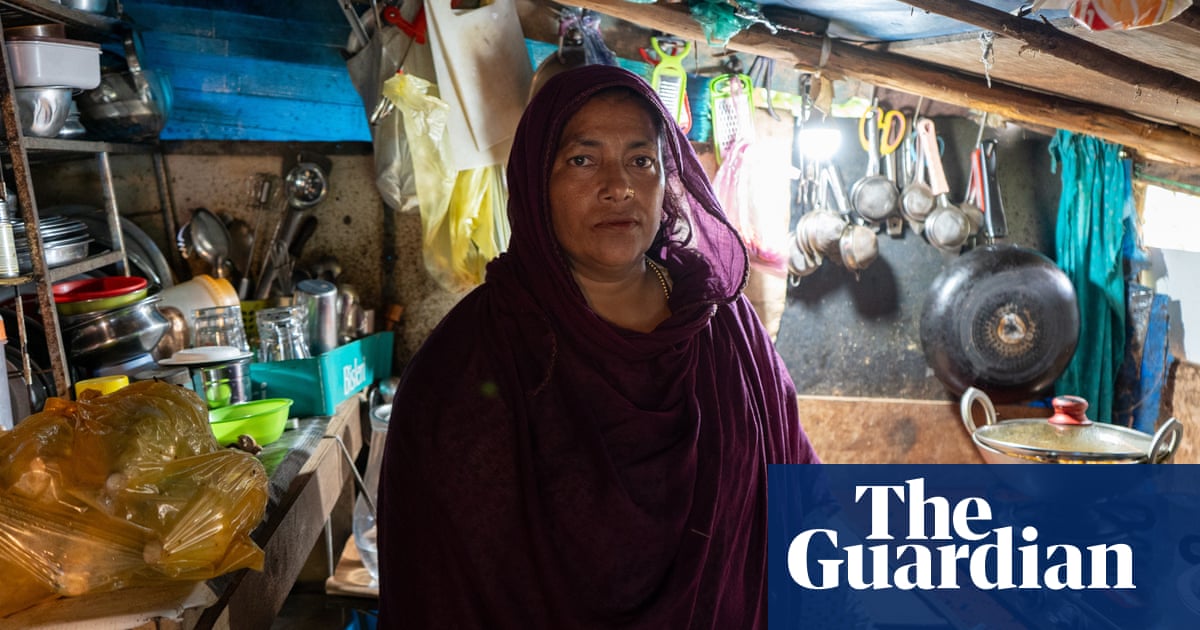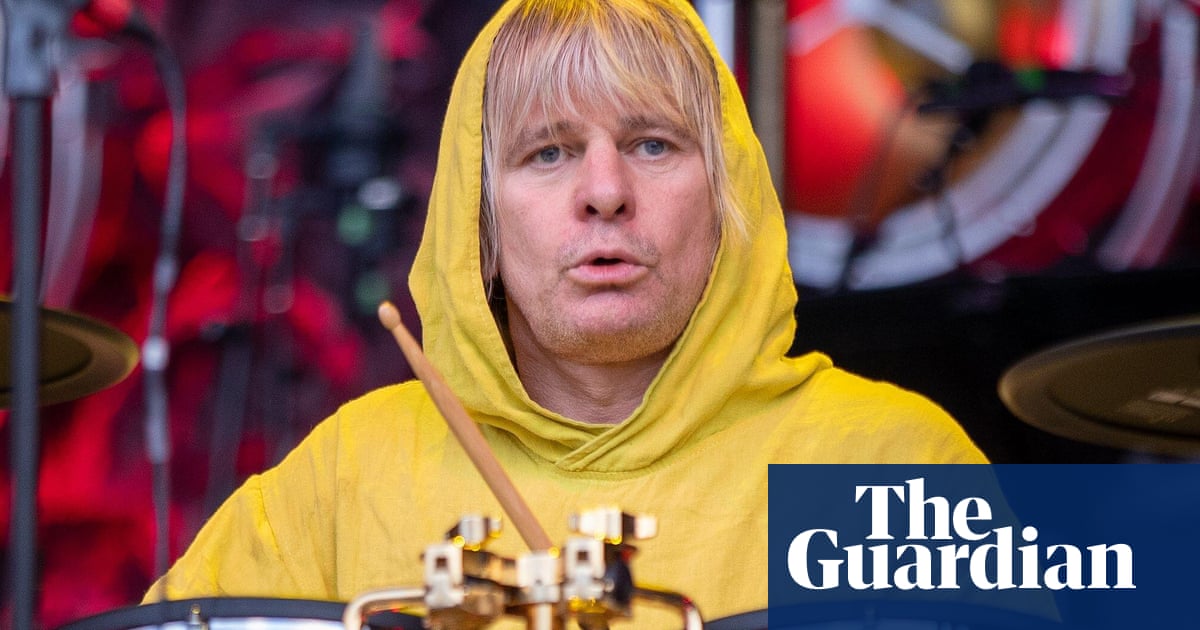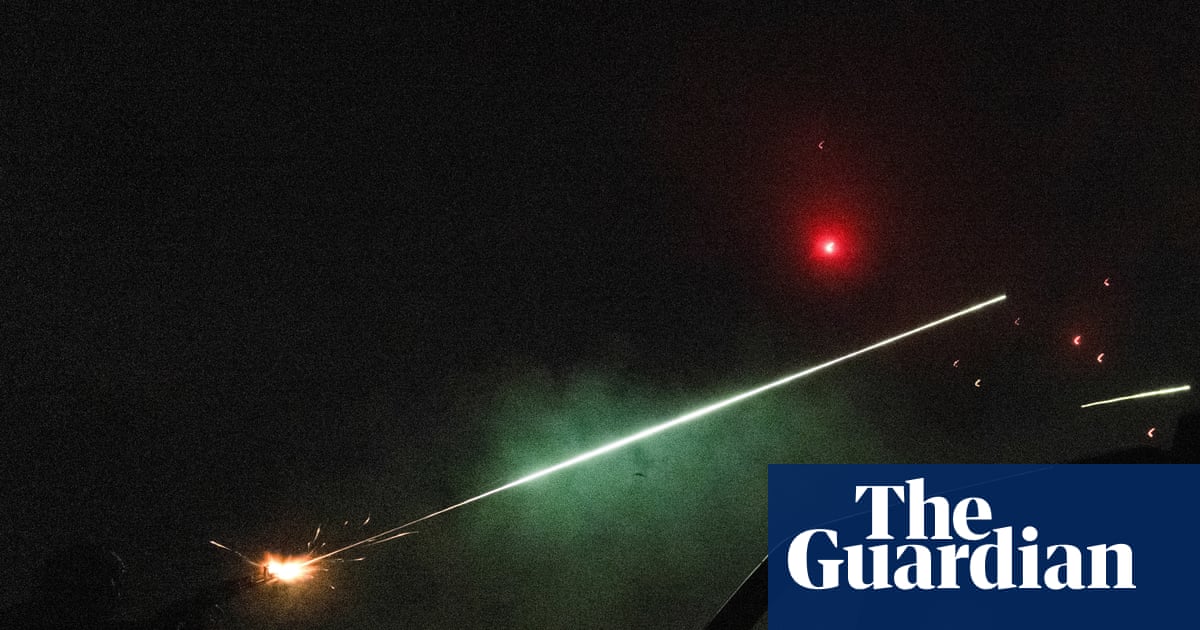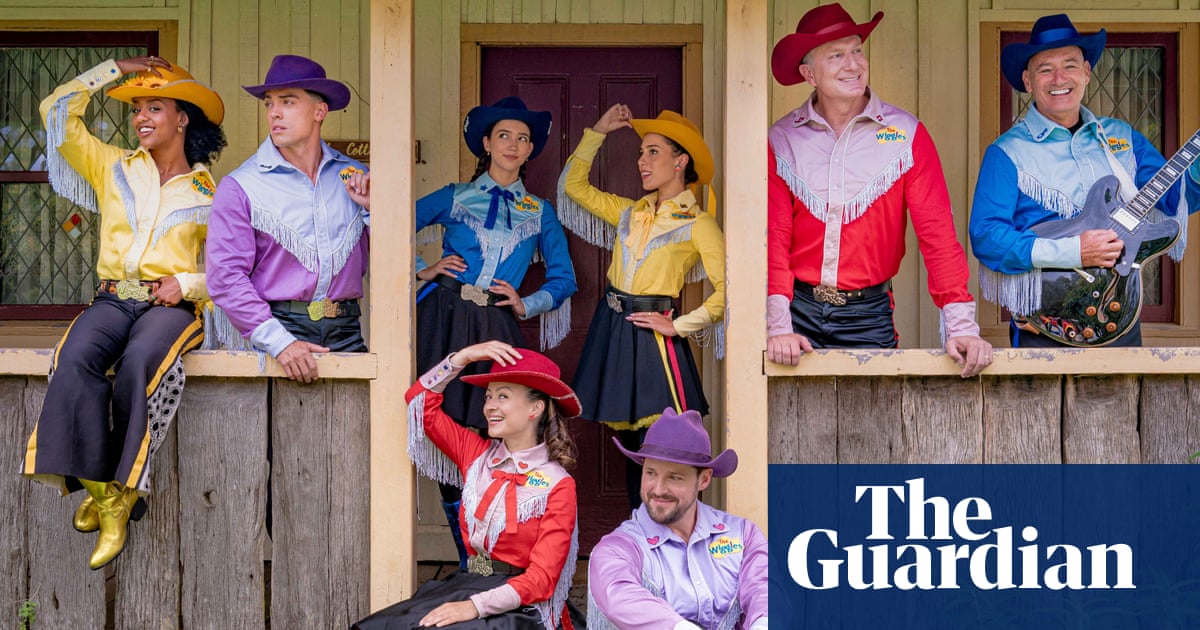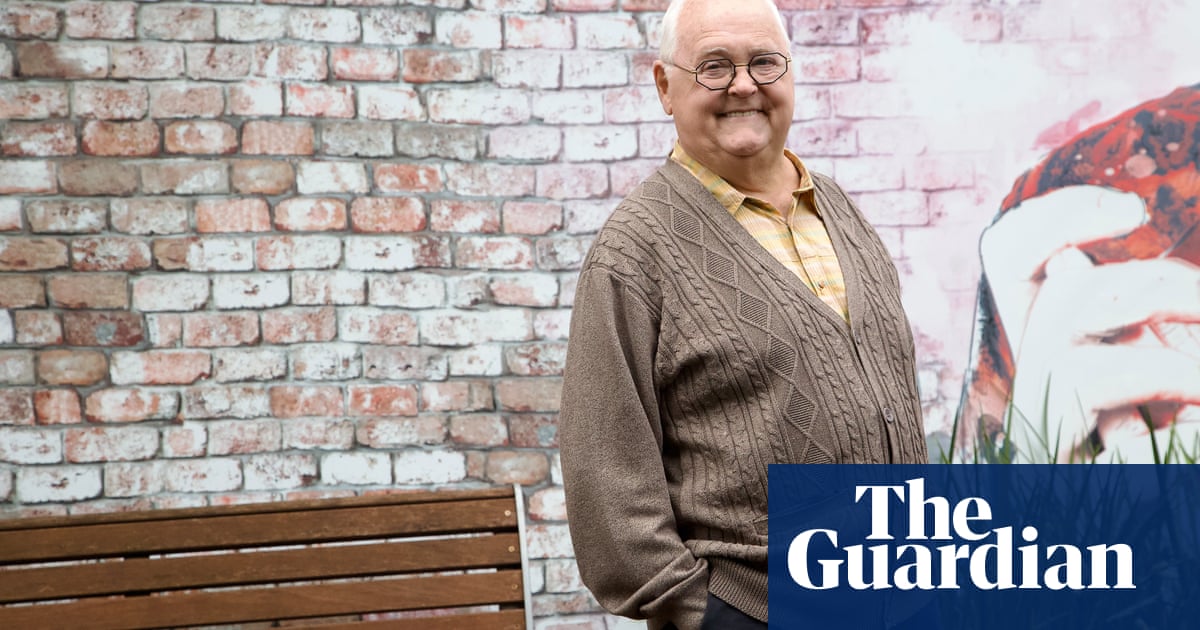Last February, with colleagues Gert and Philipp and my daughter Francesca, I made the long journey to an unremarkable city called Río Cuarto, east of the Argentinian Andes. We went in search of a worm of unusual distinction.
Why a worm? As humans, we naturally love the animals that are most familiar. But from a zoologist’s point of view, the vertebrates, from mammals and birds to frogs and fish, can be seen as variations on a single theme. We all have a head at one end (with skull, eyes and jaws); in the middle, a couple of pairs of limbs (a goldfish’s fins, or your arms and legs); and, holding all this together, a backbone ending in a tail.
If animals were modes of transport, the vertebrates we are so obsessed with would be the countless makes, varieties and colours of cars. But the invertebrates, and most especially the many kinds of worms, would be planes, submarines, unicycles, hot air balloons, space hoppers, jetpacks and roller skates. The true diversity of animal life, and much of the story of animal evolution, lies among these worms.

The particular worm we were looking for may be the least known animal ever recorded. A 19th-century German zoologist called Johannes Frenzel is the only person ever to have seen it. He named it Salinella – little salt dweller – but its rarity is not its biggest USP. According to Frenzel, Salinella is the oldest and simplest of all living animals. The sole survivor of an ancient staging post on the road leading from amoebas and algae to earthworms, butterflies and humans. For someone (like me) interested in the beginnings of the animal kingdom, Salinella is a kind of time machine. To study Salinella’s simple body, its genes and its true relationship to other animals, would be to step through a portal to a time 600m years ago when animals were first inventing themselves.
There is one last thing you need to know about Salinella (hopefully, preparing you for the less than triumphant result of our expedition): Frenzel’s account of how he found it may be the hardest to follow and most chaotic set of instructions you will ever read in a scientific paper: the worst treasure map in the world.
Frenzel was given a sample of salty soil by a colleague, Wilhelm “Guillermo” Bodenbender in the 1890s. The sample’s origin is noted simply as “from the salt pans in the Río Cuarto region”. Frenzel added a little tap water to his sample but reports that a little iodine had also “got into it”, as if by accident. The precious sample was left for several weeks on a sunny windowsill, where, the lid apparently loose, “dust and sand, dead flies etc had … fallen in abundantly”. Reading this protocol, the actual source of the worm Frenzel found is entirely opaque – was it in the salt from the salt pans or in the soil? Where were the samples even collected? Did it just blow in through the window on a dead fly?

The vagueness of Frenzel’s instructions meant our trip was taken much more in hope than expectation of success. But the lure of rediscovering the very lowliest of lowly worms was irresistible. Argentina was wonderful, Buenos Aires glamorous and cool, the interior of the country hot, dusty and endlessly flat. After two weeks, perhaps our most useful discovery was just how hard it was going to be to find the source of Bodenbender’s salty soil sample. The past 130 years have seen a landscape transformed from boundless Pampas to equally endless fields of soya, alfalfa and maize. But the insights into the origins of the animal kingdom that might come from this amazing worm are so tantalising that we will keep looking.
-
Max Telford is the Jodrell professor of zoology and comparative anatomy at UCL and the author of The Tree of Life
-
Between 24 March and 2 April, as part of our invertebrate of the year competition, we will be profiling a shortlist of 10 of the invertebrates chosen by readers and selected by our wildlife writers from more than 2,500 nominations. The voting for our 2025 invertebrate of the year will run from midday on Wednesday 2 April until midday on Friday 4 April, and the winner will be announced on Monday 7 April

.png) 1 month ago
37
1 month ago
37











